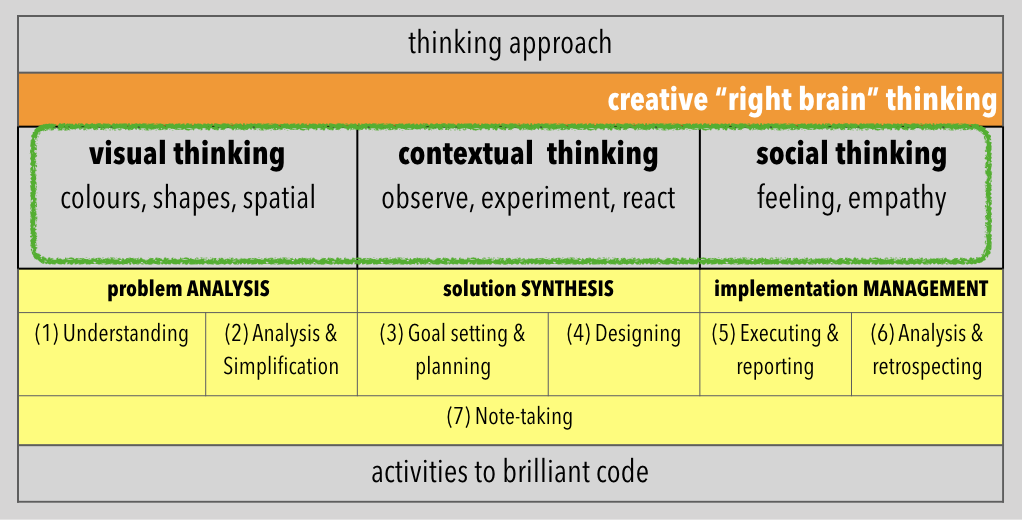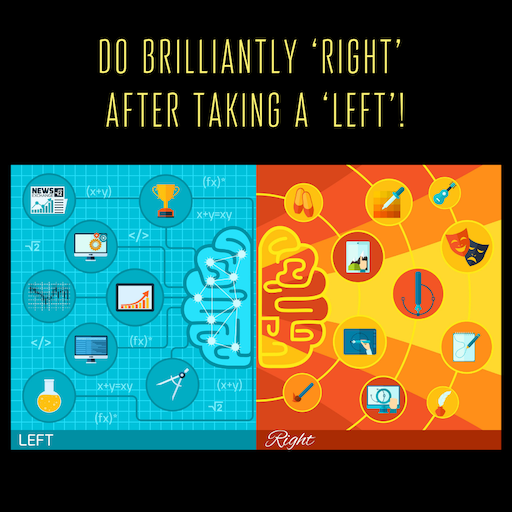T Ashok @ash_thiru
Summary
A logical ‘left brain’ thinking complemented with a creative ‘right-brained thinking’ results in brilliant testing. This is an amalgamation of forward, backward, approximate, visual, contextual and social thinking styles aided by techniques/principles using process, experience and great habits.
Testing is about perturbing a system intelligently and creatively shaking out issues that may be present. How do we know that all the issues have been shaken out is indeed a challenge. A logical thinking approach to identify good and erroneous situations is seen as necessary to justify the act of completeness of validation. It is also seen as necessary to be creative and use the context to perturb the system. Finally, injecting a dose of randomness to perturbation is seen as the final straw to being complete.

Testing is a funny business where one has to be clairvoyant to see the unknown, to perceive what is missing and also assess comprehensively what is present ‘guaranteeing’ that nothing is amiss.
Left brained thinking
‘Left-brained thinking’ can be seen as collection of forward, backward and approximate thinking styles using methods that can be well formed techniques or high order principles based on an approach of disciplined process, good habits and learning from experiences. Read in detail at Left brain thinking to building great code.

Right brained thinking
A logical ‘left brain’ thinking is essential to good testing. Right brained creative thinking comes in handy to go beyond the left, to enable us to vary the paths, discover new paths and improving outcomes. Thinking creatively is about thinking visually, thinking contextually and thinking socially, using pictures to think spatially, using application context to react, experiment and question and then morphing into an end user respectively. Read in detail at “It takes right brain thinking to go beyond the left”.

The right brain creative thinking comes handy, to go beyond the left. To enable us to vary the paths, discover new paths and improving outcomes. This is not to be misconstrued as random or ad-hoc, though randomness does help. It is great to start with a logical/organised thinking, add a dose of creative thinking and finish it off with random meanderings.
Signup to receive SmartQA digest that has something interesting weekly to becoming smarter in QA and delivering great products.

Comments are closed for this article!